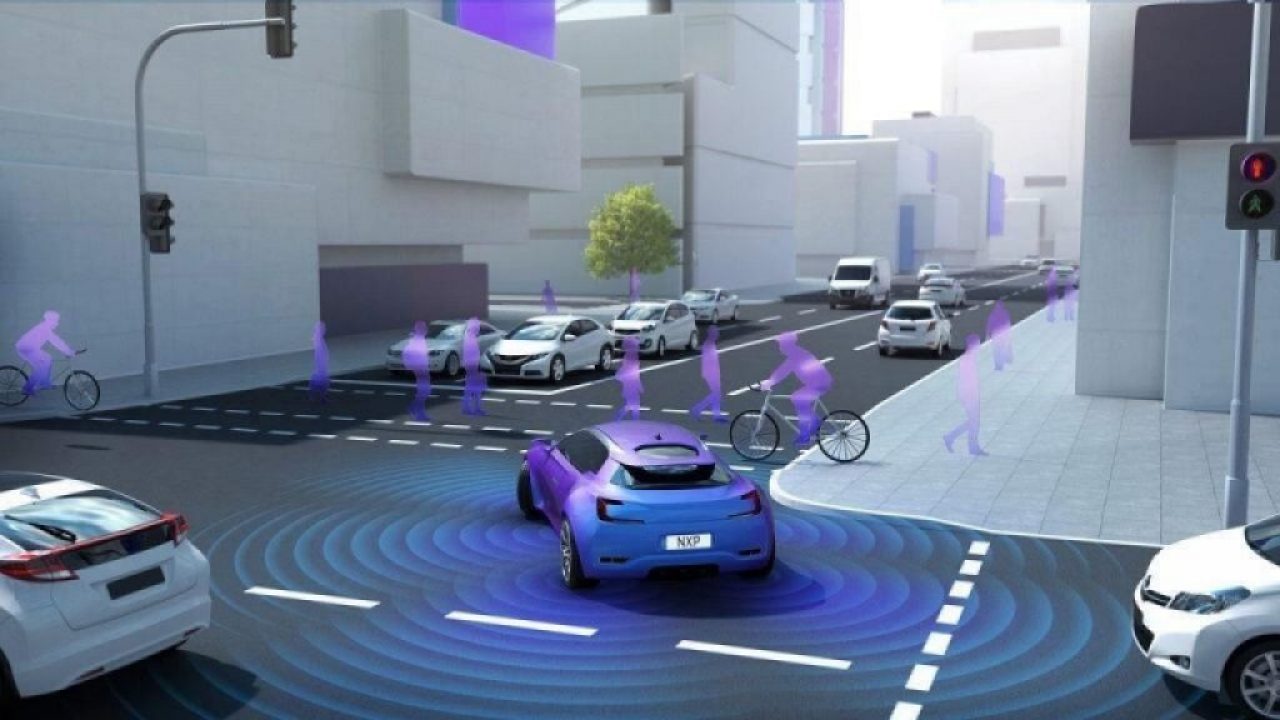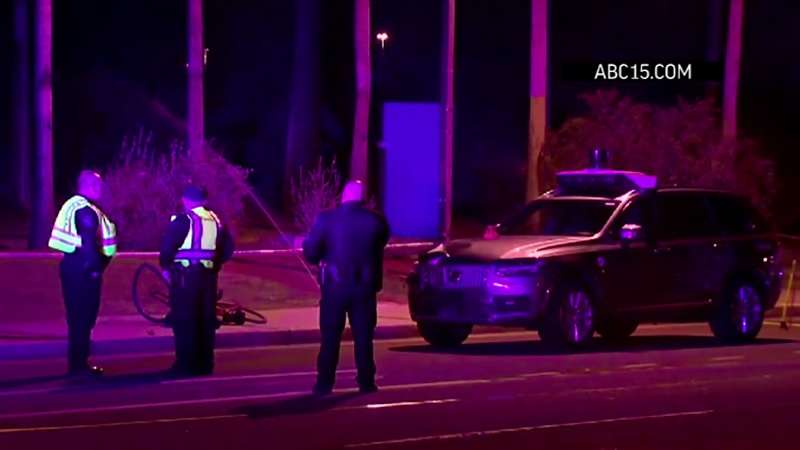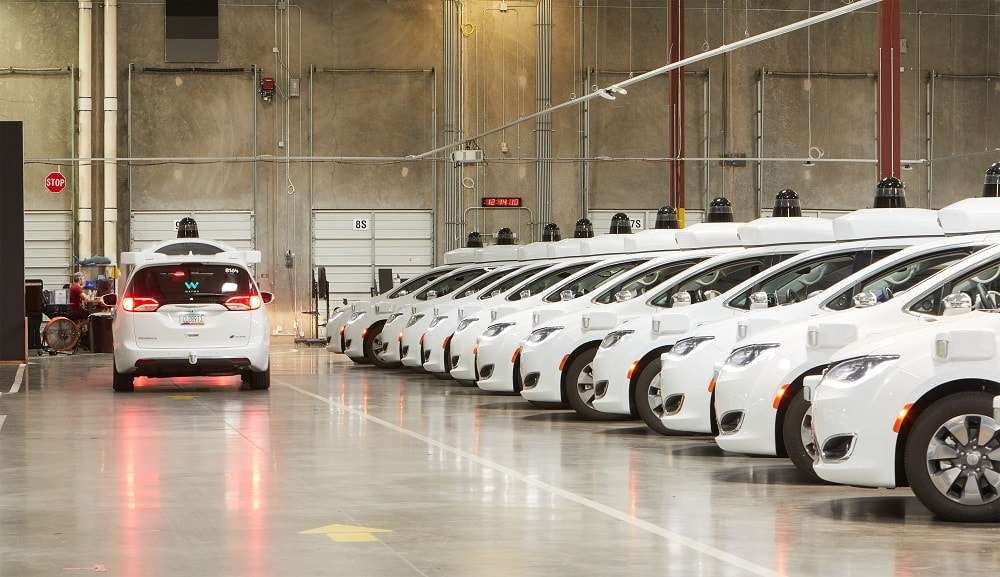ADAS Boosted by 2018
Article By : Junko Yoshida, EE Times

Uber accident changed autonomous vehicle component landscape
From Uber’s first fatality accident in March to Waymo’s substantially scaled-back commercial self-driving service launch earlier this month, 2018 offered a clear reminder that “autonomy” remains a goal not easily reached, whether by emerging tech startups, leading automotive OEMs/Tier Ones, or even well-funded self-driving pioneers like Waymo.
Looking back on the year, Egil Juliussen, director of research for Infotainment and Advanced Driver Assistance Systems (ADAS) for Automotive at IHS Markit, told us: “The realization that autonomous vehicles are really hard-sunk-in — especially proving that the software is safe.”
EE Times asked several leading thinkers on autonomous vehicle (AV) technology to list key events in 2018 that have changed the trajectory of the industry’s outlook.
Among a range of insights, one agreement has emerged: In 2018, the tech/automotive industries started to walk back their own expectations for AVs. In parallel, many analysts see 2019 as the rebound year for ADAS.

For example, Phil Magney, VSI Labs founder, described 2018 as “marked by a cooling down of expectations for the AV industry. The rollout of AV technologies is a lot harder than people realized compared to the lofty targets first established.” He added, “The automotive industry has a renewed interest in ADAS. Call it ADAS 2.0 if you like.”
What a difference, though. A year ago, robo-car dreams got a boost from Waymo’s plan to launch a fleet of AV taxis. Here was a sign of the industry’s growing confidence in its software and hardware advancements.
Unsafe road testing
For most analysts, Uber’s fatality in March topped the 2018 list of events that put a damper on the autonomous vehicle. As Magney noted, “The Uber accident was a setback that fueled much criticism about the technologies, safety protocols, and development practices.”

The scene of Uber’s fatal accident in Tempe, Arizona (Source: ABC TV)
The fact that “Uber actually killed someone shows the trajectory of autonomous driving’s progress,” said Colin Barnden, Semicast Research lead analyst. Going from human error to machine error, the autonomous vehicle industry showed that “there will still be fatalities,” he noted.

Phil Koopman, safety expert and professor at Carnegie Mellon University, said, “The Uber fatal mishap in Tempe, Arizona, dramatically illustrated the need to ensure that both the autonomy and the testing campaigns are safe on public roads. It derailed Uber’s on-road testing program for 10 months and counting.”
Most important was that “public trust in self-driving car technology took a huge hit,” Koopman told EE Times. “Any unsafe road testing is an existential threat to individual companies and, potentially, the entire industry. Right now, the public really has no way of knowing who is doing safe road testing and who isn’t.”
In Pennsylvania, Aurora has received a test authorization from the Pennsylvania Department of Transportation, which directly addresses road testing safety issues, added Koopman. Reuters also reported on Tuesday that Uber received approval this week to resume self-driving car testing on Pennsylvania roads. A company spokeswoman said on Tuesday that Uber has not yet resumed its tests.
More accidents
Beyond the Uber fatality in Arizona, the industry also saw more accidents involving Tesla’s Autopilot. Mike Demler, a senior analyst at The Linley Group, cited two significant incidents in Northern California, the most recent involving a drunken/asleep driver. The other, a fatal crash, occurred in March when a Tesla car on Autopilot hit a concrete barrier.
Several other incidents involved “Teslas on Autopilot running into the back of parked fire trucks,” noted Demler.
He concluded, “I believe these incidents are making government officials and the public more aware that highly autonomous technology is far from ready for widespread deployment, tempering some of the hype we’ve been seeing.”
Uber’s ‘non-event’ announcement
The big blow to Waymo’s seemingly early lead in autonomous vehicle technology development was the scaled-back launch of Waymo One in December. Koopman called it a “non-event” announcement.
Although Waymo claims that it is the first “commercial self-driving service,” it “isn’t driverless, nor is it self-driving,” as Semicast’s Barnden put it.

Waymo’s depot in Chandler, Arizona (Photo: Waymo)
Unlike what Waymo’s CEO promised a year ago, Magney said that Waymo One’s AVs “will still have a human in the van, and it won’t be open for the general public to pay for rides. The routes are highly constrained, and operation is highly conservative.” More specifically, the new fleet service is limited to a group of 400 people already enrolled in Waymo’s early rider program. Riders, who will use an app to hail the vehicles, can use the service only for destinations within certain parts of the Phoenix metro area.
In Barnden’s mind, this proves that even Waymo, which seemingly has “an almost unlimited budget,” can’t yet do Level 4/Level 5 cars. As Koopman sees it, Waymo One signals that Waymo is lowering its own expectations. He suspects that “the industry hype will also scale back — eventually.”
Koopman made it clear, though, “I’m not saying [self-driving is] ‘harder than expected’ because very knowledgeable people have been saying this is a lot harder than the hype would have you believe for a while now.”
Network effect
However, this isn’t the time to write off Waymo. As limited as its deployment of the first robo-taxi services might be, Demler is hopeful. Looking toward 2019, he said, “As Waymo begins to pick up real passengers and expands its testing here in Silicon Valley, we’ll begin moving past the experimental stage to see how the technology works in the real world.”

IHS’ Juliussen agreed. “There will be a network effect.”
But Juliussen isn’t talking about lessons that Waymo alone will learn. As more tech companies collaborate and participate in robo-taxi experiments, knowledge will multiply, creating a whole network effect that will help improve the necessary software, he said.
More partnership deals
The emerging realization about the true challenges of autonomy is pushing companies to join forces. Juliussen stated, “Auto OEMs are starting to cooperate on AV development, such as Honda joining with GM and Cruise. There are also many OEM/Tier One/high-tech cooperations such as BMW-Intel-Aptiv, Mercedes-Benz & Bosch, and others.” Asked how real those so-called partnerships are, Juliussen said, “I believe they are real,” given the rising cost of AV development and the complexity of software.
Similarly, Magney pointed out that “deals and partnerships are not slowing down.”
Magney noted, “Developing AVs is very hard. So you are still seeing massive deals. Some of these are from major OEMs looking for the technologies and/or the mobility platforms!”
In 2018, Aurora, Argo, Uber, Cruise, and others saw big investments from OEMs, he added.
Events that didn’t happen in 2018

Events that didn’t happen this year also affected the trajectory of the AV industry. Demler cited the end of Qualcomm’s quest to acquire NXP. He explained, “It doesn’t alter the industry’s established trajectory, but had it gone through, I’m confident the combined companies would have developed a powerful ADAS processor platform to compete with Intel/Mobileye and Nvidia Drive systems.”
Among other events that didn’t happen, Koopman singled out “the adoption of an industry consensus safety approach for autonomous vehicles.”
He stressed, “At least, let’s get an accepted practice for safe road testing.” In his opinion, “The industry might not survive another high-profile testing mishap.” Koopman observed that the industry dodged a bullet with the recent Waymo motorcyclist crash.
If Waymo and other car companies insist that real-world experience is vital for testing and improving its AV technology, at least “the industry needs to get out in front of the road testing safety issues,” explained Koopman. “Part of that should be increased use of simulation, and part of that should be coming to terms with the fact that even highly trained human safety drivers have limits to what can reasonably be expected of them.”
Indeed, another AV testing mishap in 2019 could well be an even bigger setback.

Barnden, for example, pointed out the fundamental hypocrisy of a tech industry that says it’s developing AVs to save people’s lives. If so, he asked, “Where are ethical protocols for testing AVs on public roads?”
No sane M.D. would inject a patient with a trial cancer drug and say, “You may die, but think of all the other people who can be saved if we can find a cure in the shortest possible time,” noted Barnden.
In short, “Beta testing of AVs on public roads and highways and the cavalier attitude the tech industry takes with it really troubles me,” said Barnden. “No AV company exec has a gun pointing at their head with someone saying, ‘You must launch a commercial robo-taxi service by the year X!’ This PR show isn’t about saving lives. It is about profit.”
— Junko Yoshida, Global Co-Editor-In-Chief, AspenCore Media, Chief International Correspondent, EE Times
Subscribe to Newsletter
Test Qr code text s ss


